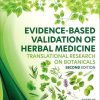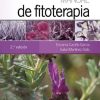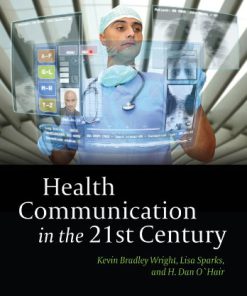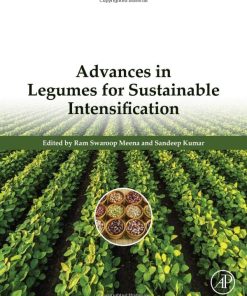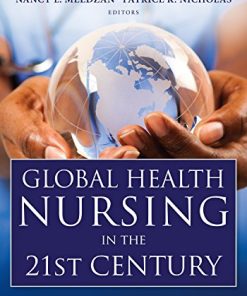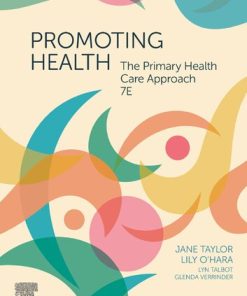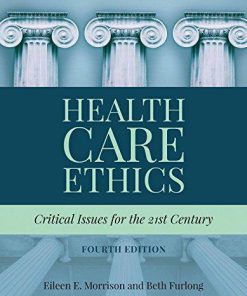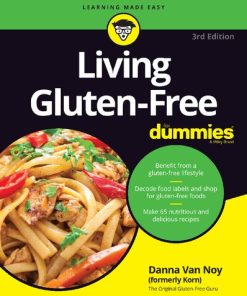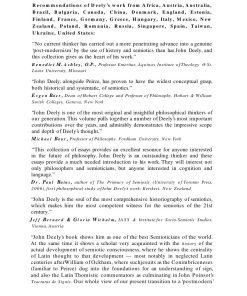Gluten Free Ancient Grains Cereals Pseudocereals and Legumes Sustainable Nutritious and Health Promoting Foods for the 21st Century 1st edition by John Taylor, Joseph Awika 0081008910 9780081008911
$50.00 Original price was: $50.00.$25.00Current price is: $25.00.
Gluten-Free Ancient Grains: Cereals, Pseudocereals, and Legumes: Sustainable, Nutritious, and Health-Promoting Foods for the 21st Century 1st edition by John R.N. Taylor, Joseph M. Awika – Ebook PDF Instant Download/DeliveryISBN: 0081008910, 9780081008911
Full download Gluten-Free Ancient Grains: Cereals, Pseudocereals, and Legumes: Sustainable, Nutritious, and Health-Promoting Foods for the 21st Century 1st edition after payment.
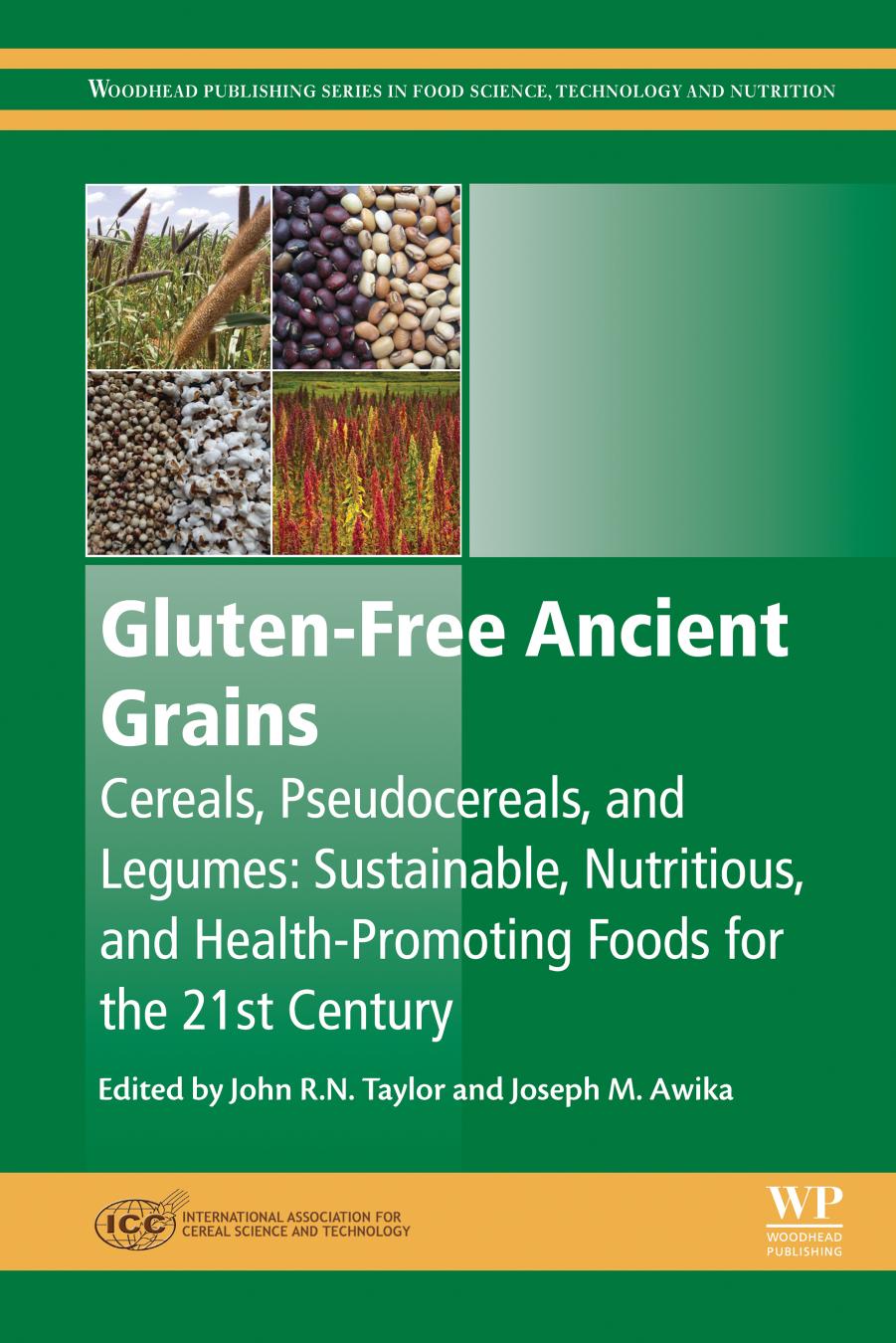
Product details:
ISBN-10 : 0081008910
ISBN-13 : 9780081008911
Author : John R.N. Taylor, Joseph M. Awika
Gluten-Free Ancient Grains: Cereals, Pseudocereals and Legumes covers grains that are not related to wheat. This includes sorghum, the major millets – pearl, foxtail, proso and finger millet, as well as teff, the major pseudocereals – quinoa, amaranth and buckwheat, and emerging legume grains – lupin, cowpea, Bambara groundnut and marama beans. These are all characterized as gluten-free grains.
The book provides key information on the sustainable production of these grains. Ancient grains are characterized by their ability to produce a crop under harsh environmental conditions where the major cereals are not-sustainable or even fail. In order to meet growing food demand, and with water resources becoming scarce, this is a highly valuable quality. Chapters review the major grains, analyzing their production and manufacture processes and detailing their impact on long-term good health.
Gluten-Free Ancient Grains: Cereals, Pseudocereals, and Legumes: Sustainable, Nutritious, and Health-Promoting Foods for the 21st Century 1st Table of contents:
Chapter 1: Environmental, Nutritional, and Social Imperatives for Ancient Grains
Abstract
1. Introduction
2. What are ancient grains
3. What is driving interest and activity in ancient grains?
4. Book scope and content
Chapter 2: Global Supply of Ancient Grains in the 21st Century: Keys to Unlocking Their Full Potential
Abstract
1. Introduction
2. Supply and demand of ancient grains
3. Conclusions
Chapter 3: Sorghum: Its Unique Nutritional and Health-Promoting Attributes
Abstract
1. Introduction
2. Nutritional quality of sorghum
3. Major polyphenols found in sorghum
4. Opportunities for using sorghum to promote human health and well being
5. Conclusions
Chapter 4: Millets: Their Unique Nutritional and Health-Promoting Attributes
Abstract
1. Introduction
2. Production and cultivation
3. Description and structures of millet grains
4. Nutrients and phytochemicals
5. Processing and food applications
6. Health-enhancing properties of millet food products
7. Conclusions and future directions
Chapter 5: Quinoa: Its Unique Nutritional and Health-Promoting Attributes
Abstract
1. Introduction
2. Chemical composition and nutritional attributes
3. Processing properties and food applications
4. Nutritional and health promoting properties of quinoa food products
5. Conclusions
Chapter 6: Amaranth: Its Unique Nutritional and Health-Promoting Attributes
Abstract
1. Introduction
2. Chemical composition and nutritional attributes
3. Processing and food applications
4. Conclusions
Chapter 7: Buckwheat: Its Unique Nutritional and Health-Promoting Attributes
Abstract
1. Introduction
2. Buckwheat seed morphology
3. Chemical composition of the buckwheat seed
4. Antinutritional factors
5. Health-promoting aspects of buckwheat consumption
6. Utilization in food manufacture
7. Outlook and perspectives
Chapter 8: Lupins: Their Unique Nutritional and Health-Promoting Attributes
Abstract
1. Introduction
2. Global production of lupin seeds
3. Agronomic advantages
4. Lupin breeding: focus on Australia
5. Nutrient and antinutrient composition
6. Lupin mill products and isolated fractions as food ingredients
7. Commercial lupin food ingredients
8. Commercial lupin-containing food products
9. Lupin allergenicity
10. Current evidence from clinical studies of positive health effects of lupin consumption in humans
11. Conclusions
Acknowledgments
Chapter 9: African Legumes: Nutritional and Health-Promoting Attributes
Abstract
1. Introduction
2. Production and utilization of African legumes
3. Nutritional quality of African legumes
4. Health-promoting properties of African legumes
5. Conclusions
Chapter 10: Wild Rice: Nutritional and Health-Promoting Attributes
Abstract
1. Introduction
2. Processing and uses of wild rice
3. Nutritional constituents
4. Phytochemicals and minerals
5. Potential health benefits
6. Future objectives and possibilities
Chapter 11: Future Research Needs for the Ancient Grains
Abstract
1. Introduction
2. Breeding and agriculture
3. Quality systems
4. Foods and food technologies
5. Bioactive compounds and the future of ancient grains
6. Conclusions
People also search for Gluten-Free Ancient Grains: Cereals, Pseudocereals, and Legumes: Sustainable, Nutritious, and Health-Promoting Foods for the 21st Century 1st:
van’s gluten free ancient grains waffles
best gluten free ancient grains
what are the top 6 gluten free ancient grains
gluten free ancient grains
gluten free ancient grains bread
Tags: Gluten Free, Ancient Grains, Cereals, Pseudocereals, Legumes, Sustainable, Nutritious, Health Promoting, John Taylor, Joseph Awika
You may also like…
Medicine - Nursing
Promoting Health: The Primary Health Care Approach 7th Edition Jane Taylor
Medicine - Health-Related Professions
Promoting Health The Primary Health Care Approach 7th Edition Jane Taylor


